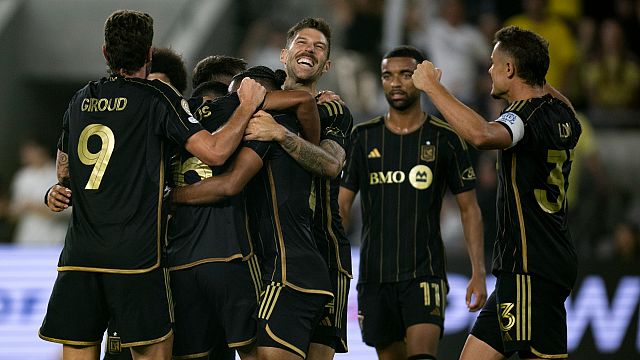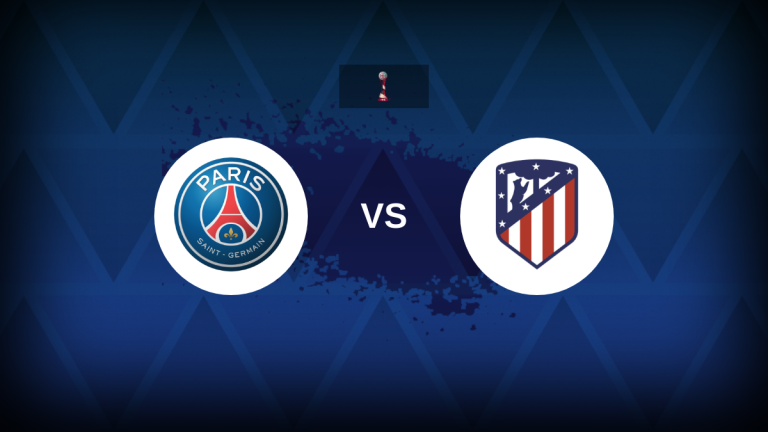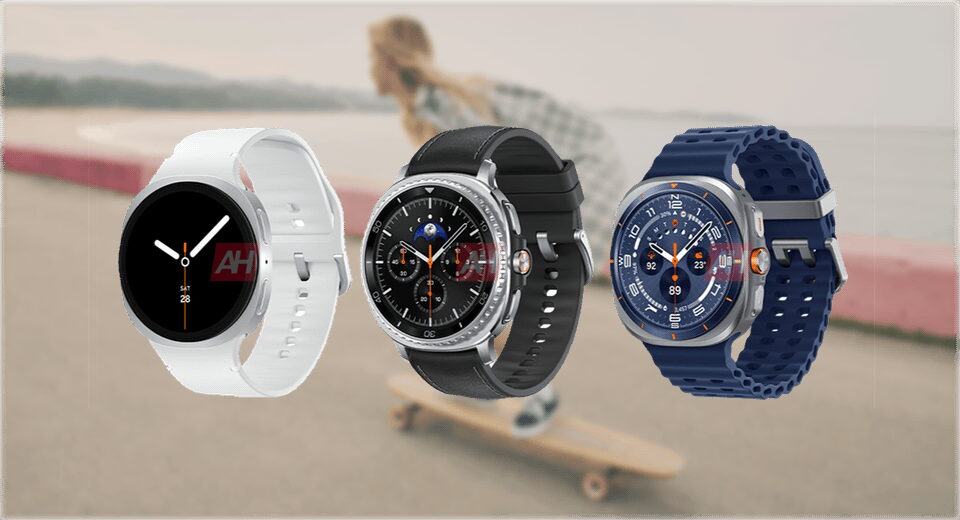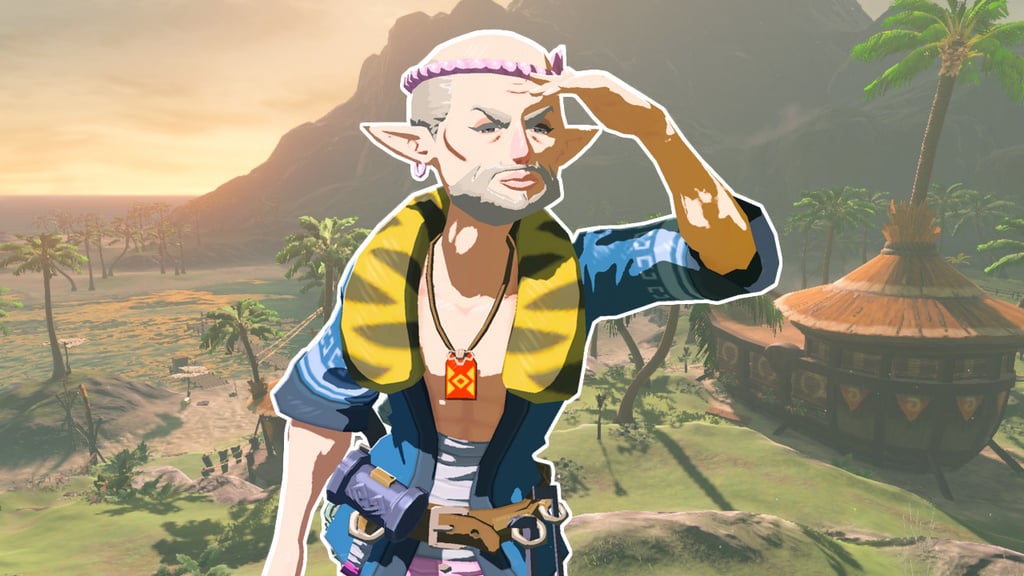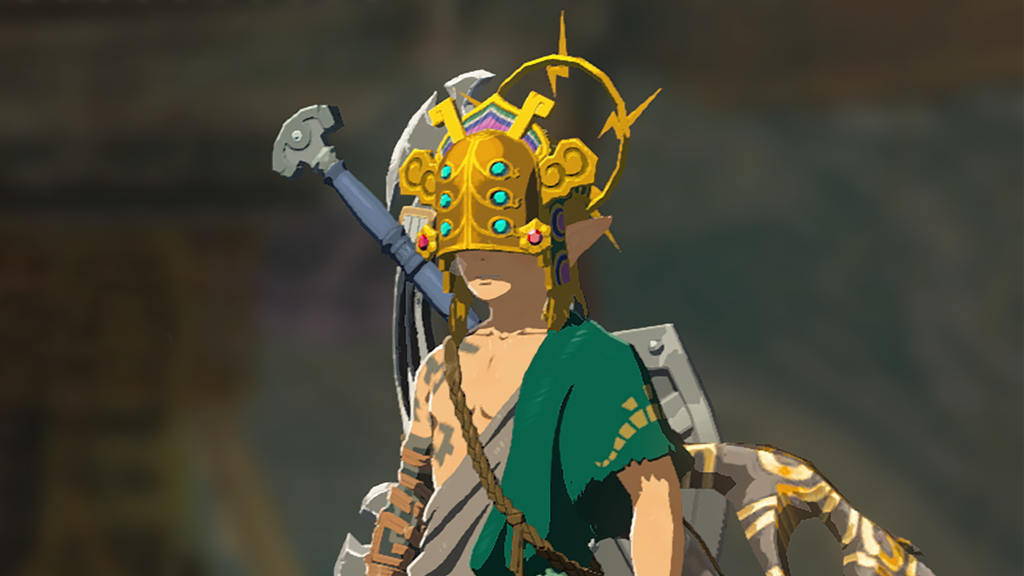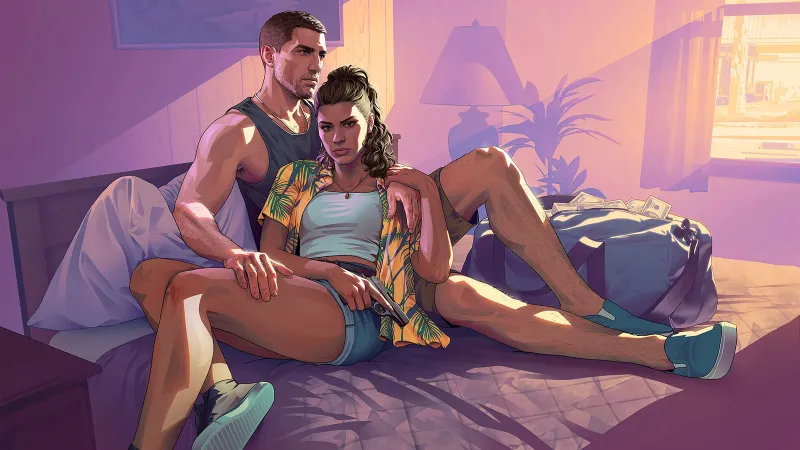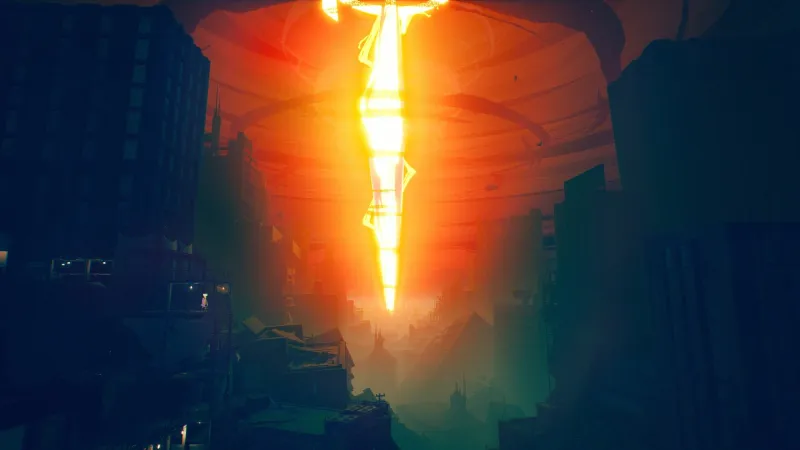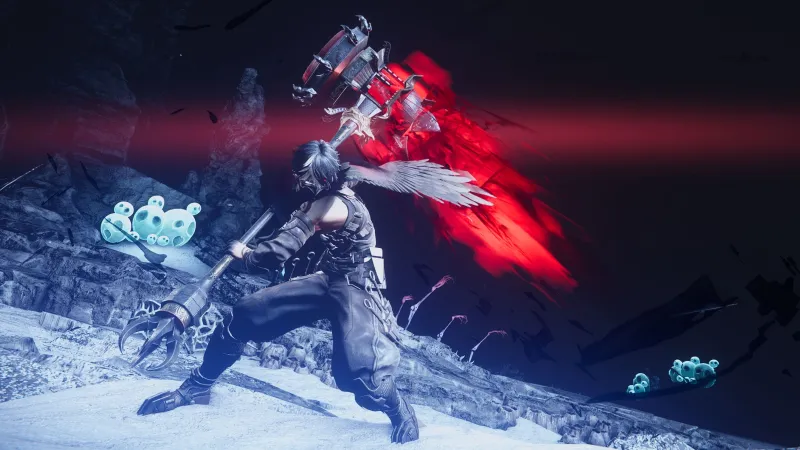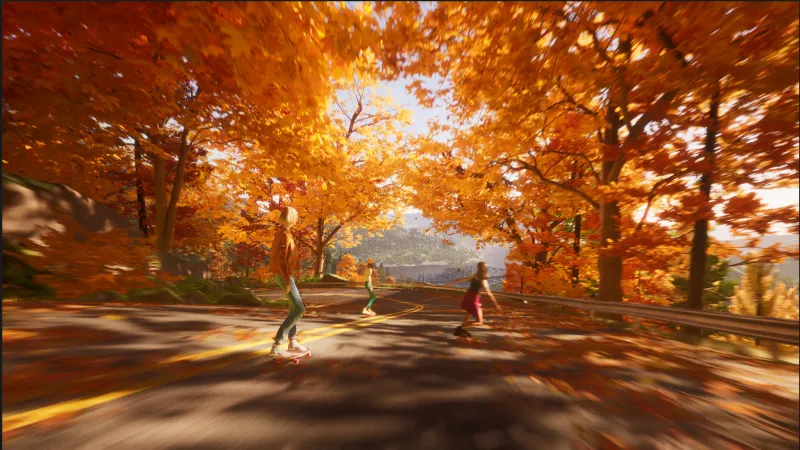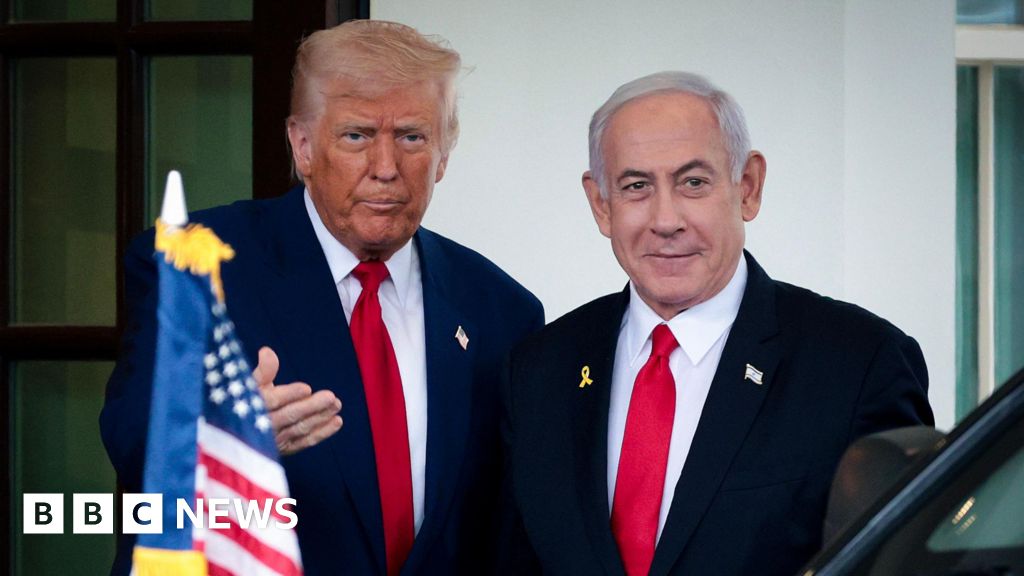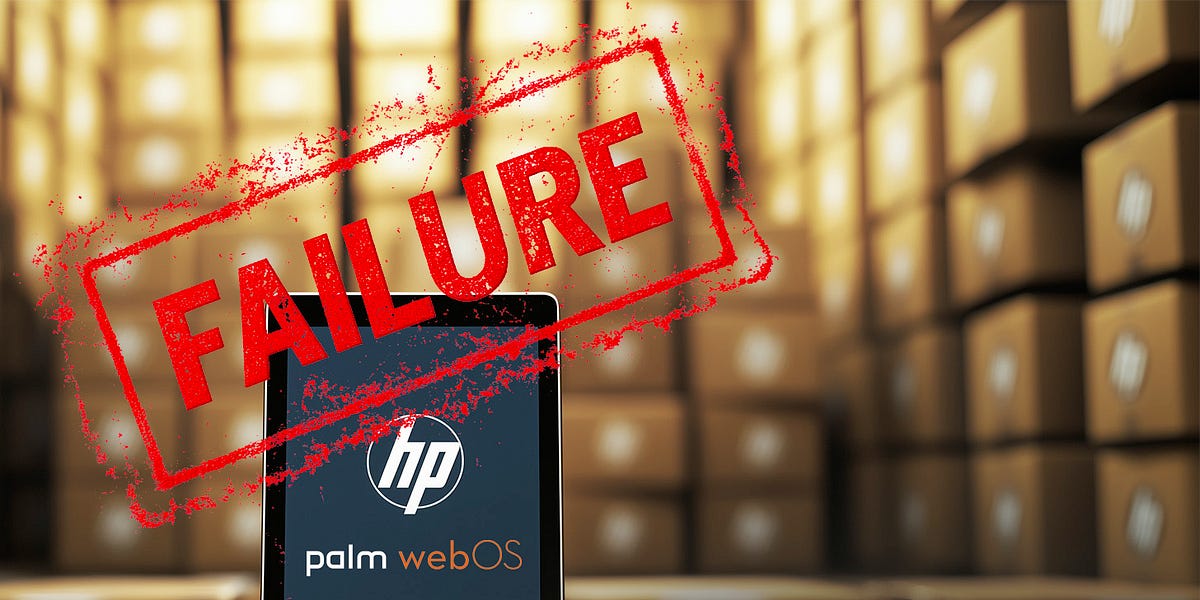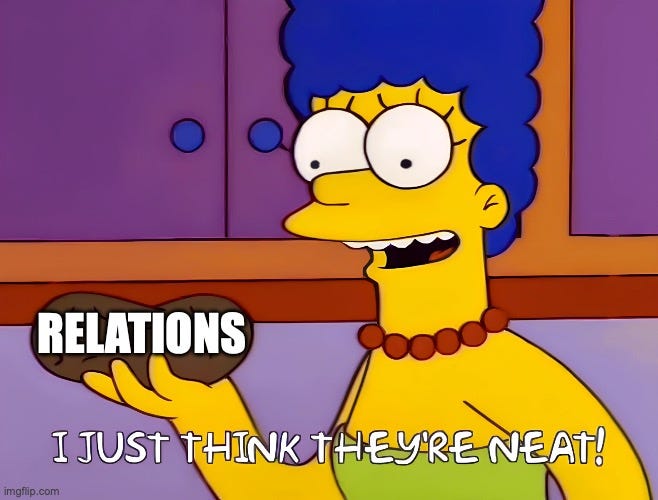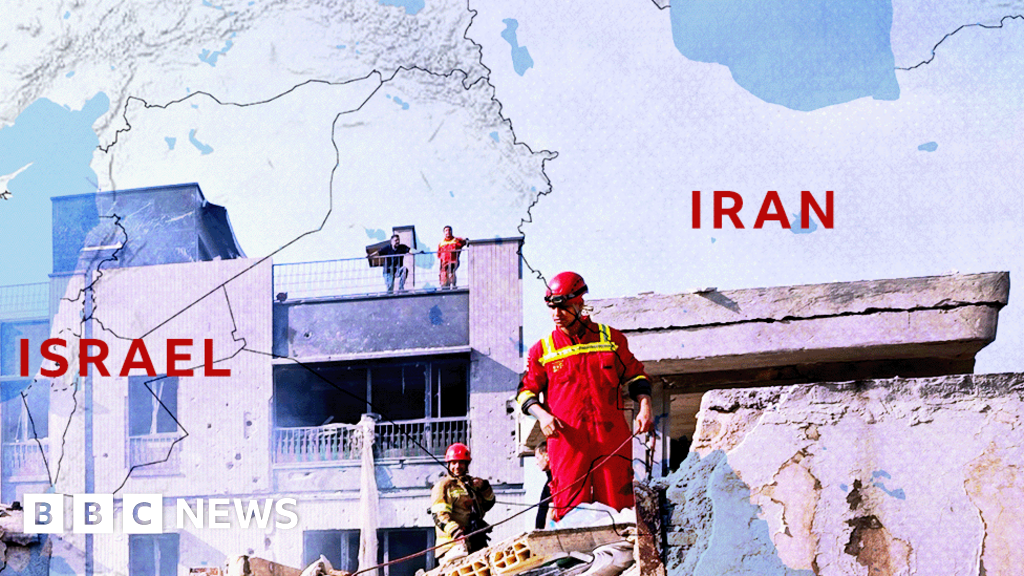In L.A., the Divide Between Peace and Violence Is in the Eye of the Beholder


Los Angeles, a city marked by fiery and full-throated protests, adds a new chapter to that history. Alfonso Santoyo was marching through the streets of Los Angeles with a boisterous crowd on Wednesday protesting the Trump administration’s immigration crackdown. Mr. Santoyo’s presence, and his voice, were his only weapons. “It’s upsetting how they’ve portrayed the community as criminals,” said Mr. Santoyo, a 43-year-old postal worker whose parents came to the U.S. from Mexico as undocumented immigrants but eventually gained legal status. “It’s just upsetting to see that. Because we know it’s not the case.” After an 8 p.m. curfew brought a ghostly quiet to much of downtown, a man in body armor stood in front of a building full of jewelry stores, smoking a cigarette down to the filter. The man, who declined to give his name, wore a handgun on his thigh and carried a rifle that fires plastic projectiles. He pointed to nearby stores and buildings in L.A.’s jewelry district that had been broken into days earlier. Much like the 2020 demonstrations against police violence, he said, there always seemed to be bad actors among the peaceful ones. Separating them out, he said, was pointless. He cited an Armenian proverb: “Wet wood and dry wood burn together.” In Los Angeles this week, many protesters have marched peacefully. Others have thrown objects at the police, set cars ablaze and looted stores and restaurants. Police have responded aggressively, intimidating protesters with earsplitting explosives and mounted patrols, hitting them with batons, deploying tear gas and firing foam projectiles and rubber bullets into crowds. The question of which side is justified, and which side is not, seems to have divided the country as much as the immigration issue. And Los Angeles has been transformed into a stage for a debate over the nature and meaning of American protest. This week, the line separating peaceful protest from violent protest differed in the eyes of the beholder. Was Los Angeles a city in chaos, when many in the sprawling metropolis went about their day untouched by drama that was confined to scattered blocks? What was the appropriate language to accurately describe nights in which many protesters, like Mr. Santoyo, have been lawful, but others, who have often shown up after sundown, have decided to loot, smash and burn? Did the Trump administration, which has deployed National Guard troops, and the Los Angeles Police Department overreact and pour gasoline on the fire? Or were their aggressive tactics necessary to prevent the situation from spiraling out of control, in a city still haunted by the bloody, fiery riot of 1992? Critics say that President Trump is playing a dangerous game by militarizing the response. Gov. Gavin Newsom of California said in a speech that Mr. Trump’s deployment of the National Guard was “fanning the flames even harder.” The crowd Mr. Santoyo was marching in on Wednesday night was eventually broken up by officers who fired foam projectiles and used flanking maneuvers and horses to send them running. Though protesters on previous evenings had attacked officers and police property, on this night, the crowd largely lived up to what has become a kind of trademark chant of the moment, often directed at law enforcement in their riot gear: “Peaceful protest!” On Wednesday, they turned to that chant over and over again. Before the march, the crowd had gathered in Pershing Square, where a number of speakers said that the most disturbing violence was being perpetrated by Immigration and Customs Enforcement officers, who in recent weeks have raided clubs, restaurants and workplaces around the country and have arrested people showing up for immigration-related court dates. A speaker who identified herself as a teacher and daughter of immigrants said the mainstream media “is making it out to seem like we’re the violent ones,” while the violence, she said, was actually coming “from the National Guard, from the Marines, from L.A.P.D.” They set out on a march that would eventually bring them to the foot of the iconic, Art Deco City Hall building, looming 27 stories high against a sea-blue sky. The mood was defiant and joyous. Insulting chants in Spanish were directed at “la migra,” or immigration officials. American flags and Mexican flags were flown, as well as a hybrid flag that incorporated both banners. A truck boomed Miley Cyrus’s L.A. anthem “Party in the U.S.A.,” then switched to an accordion-fueled corrido. Some protesters said that the recent vandalism and property damage did not bother them, because it brought attention to the crisis affecting their friends and family. “They’re terrorizing our community,” Mr. Santoyo said of the immigration officers. “A couple of cars on fire means nothing to me.” Aylan Francesco Mello, 33, a tech worker and Southern California native, watched from Gloria Molina Grand Park, a block-wide green space that extends northwest from City Hall and that had also begun to fill with protesters. He said his mother came to the U.S. illegally from Guatemala, and his father came legally from Brazil. “This feels like a very personal thing to me,” Mr. Francesco Mello said. “I see myself in a lot of the people who are being persecuted.” But he did not identify with the non-peaceful street crowds, which have often caused trouble after the peaceful protesters have gone home. “There’s very little overlap between the looters, the opportunists, and the protesters,” he said. “I feel like we’re almost talking about two different subjects.” Moments later, at the corner of North Spring and West Temple streets, a line of mounted police armed with batons surged toward the crowd. Many of the protesters fled from the officers, terrified. The horses smashed some protesters into parked cars. Other protesters fell to the ground. One officer on horseback was seen hitting a protester with a baton. Bit by bit, the police began pushing the crowd away from City Hall. The chant rose up again: “Peaceful protest.” Over time the crowd splintered, but a large group of them headed back to Pershing Square just before the 8 p.m. curfew. There were scenes of mischief and passion, mundane and surreal. A teenager draped in a Mexican flag jumped off his bicycle and hopped on top of a delivery robot. It froze, and chirped menacingly, its screen announcing, “STEP AWAY.” Later, a large contingent of protesters marched to Koreatown, where they gathered peacefully at the corner of Western Avenue and Beverly Boulevard. They were outside the downtown curfew zone. Dozens of police officers came to scare them away. A woman dressed in flip-flops and a blue dinosaur costume pointed her phone at them, yelling, “Why are you doing this? You’re causing violence!” An officer’s amplified voice told them that if they did not disperse, they would be in violation California Penal Code 409, which prohibits people lingering after such a warning while “at the place of any riot, rout, or unlawful assembly.” The crowd ignored the warnings. A young woman in a green dress walked up to the frontline officers. She got close to one of them, and he pushed her. Then she walked down the line of officers, asking who was going to push her next. Soon, the police had maneuvered around three sides of the crowd. More foam bullets were fired. The intersection was now largely empty. The woman in the green dress ran back into the space for a few moments, dancing defiantly with an American flag as officers held their rifles, loaded with foam projectiles, at the ready. But soon even she stepped aside. The police had won the battle. But the protesters soon started to re-form on Western Avenue, near a laundromat one block north.
What's Your Reaction?
 Like
0
Like
0
 Dislike
0
Dislike
0
 Love
0
Love
0
 Funny
0
Funny
0
 Angry
0
Angry
0
 Sad
0
Sad
0
 Wow
0
Wow
0






